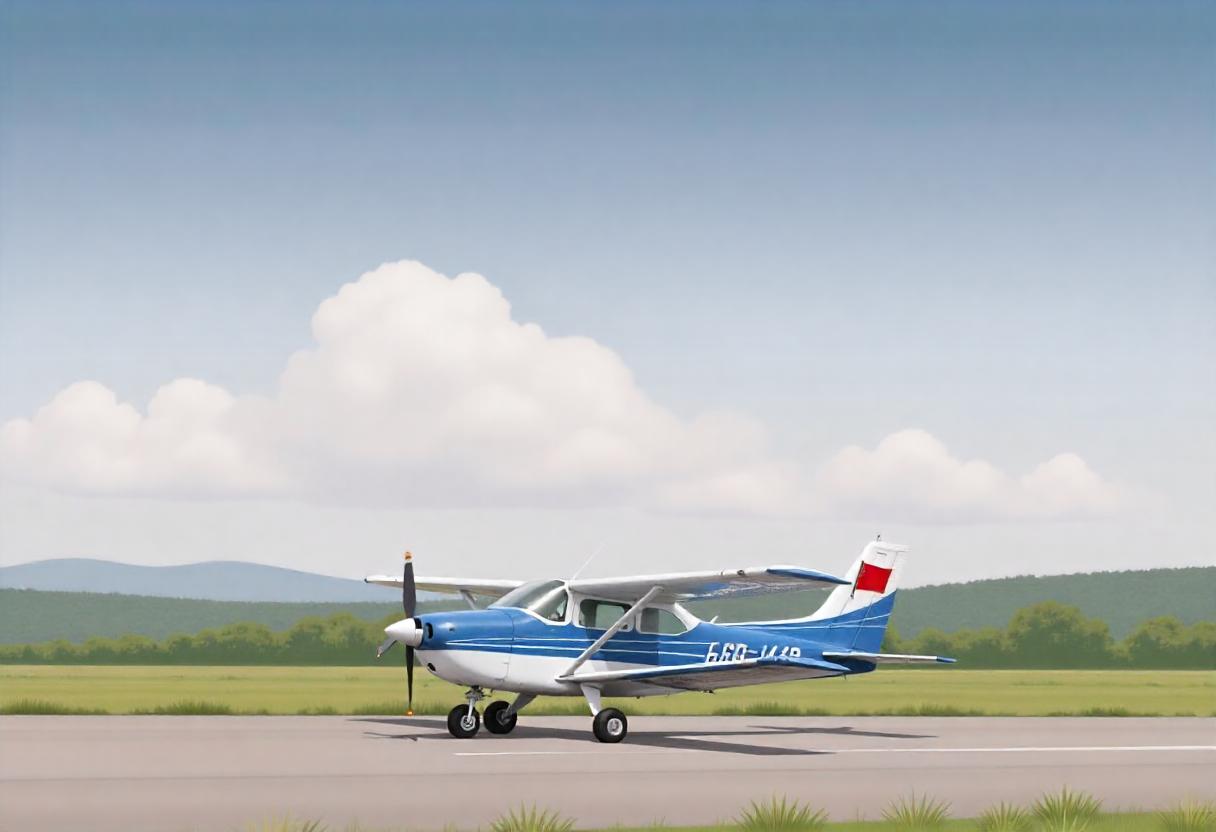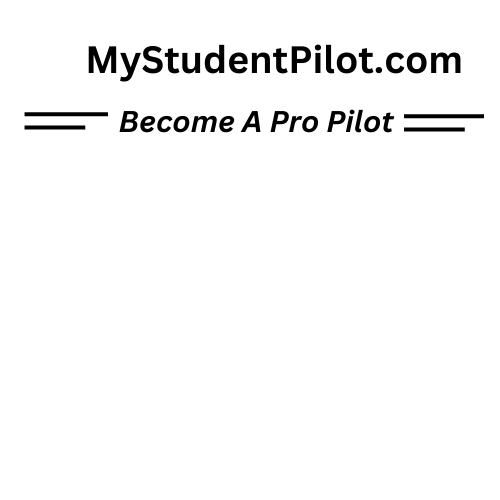The Cost of Getting Your Private Pilot License (PPL)
Becoming a pilot is a dream for many—but it comes with significant financial investment. Whether you're aiming to fly for fun or looking to launch a professional aviation career, understanding the true cost of pilot training is crucial. In this article, we’ll break down the cost of obtaining your Private Pilot License (PPL), followed by the Instrument Rating, and finally the Commercial Pilot License (CPL)—the essential stepping stones toward becoming a professional pilot.
What Does It Cost to Get a Private Pilot License?
The Private Pilot License is your gateway to the skies. It's the first major step in aviation training and forms the foundation for all future flight training. The PPL allows you to fly single-engine aircraft for personal use and carry passengers, but you cannot be compensated for flying.
The cost of obtaining your PPL varies significantly based on several factors, including location, type of aircraft, the experience of your instructor, and how quickly you progress. Here’s a detailed look at the variables involved:

Flight Time Requirements
The FAA minimum requirement for a Private Pilot License is 40 hours of flight time, including at least:
- 20 hours of dual instruction (with a Certified Flight Instructor or CFI)
- 10 hours of solo flight
However, very few students complete their training right at 40 hours. According to national statistics, the average student pilot takes around 70 flight hours to reach the proficiency required to pass the FAA checkride. This number can vary even more based on your location:
- In congested airspace (e.g., Los Angeles, New York, San Francisco, Washington DC): Students often require 80–90 hours due to more complex airspace, longer wait times for takeoffs and landings, and more intricate ATC communications.
- In rural or less congested areas: Students may finish closer to 60–70 hours, since flying conditions are often simpler and air traffic delays are minimal.
Aircraft Rental Costs
The type of aircraft you choose significantly impacts your costs. Most flight schools use one of the following:
- Cessna 150 or 152: Small, two-seater trainers. Cost: $120–$130 per hour (wet)
- Cessna 172: A four-seater and more commonly used. Cost: $150–$170 per hour
- Piper Warrior or Cherokee: Comparable to the Cessna 172. Cost: $150–$175 per hour
Let’s assume you train in a Cessna 150 at $125/hour. For 70 flight hours, your aircraft rental will cost approximately $8,750.
If you opt for a larger aircraft like a Piper Warrior or Cessna 172, expect to pay around $10,500–$11,900 just for aircraft rental.

Flight Instructor Fees
You’ll typically pay your instructor by the hour. This includes both:
- Dual instruction time (in the aircraft)
- Ground instruction (pre/post-flight briefings, exam prep, etc.)
Flight instructor rates vary by region and experience level but generally range between $50 to $80 per hour. Let’s assume an average rate of $60/hour.
Typical training involves:
- 50 hours of dual instruction in the air
- 20 hours of ground instruction
Ground School & Study Materials
Ground school teaches you the theory behind aviation: weather, regulations, aerodynamics, navigation, etc. You have two main options:
- In-person classroom ground school: $300–$600
- Online self-paced ground school: $200–$350
In addition, you’ll need:
- Textbooks & flight manuals
- E6B flight computer
- Sectional charts
- Plotter
- Logbook
- Headset (can range from $100 basic to $1,000+ for noise-canceling models)
These materials and tools usually cost between $500 to $1,000.
Let’s estimate $700 for a decent ground school and supplies package.Exams and Checkride Fees
- FAA Written Knowledge Test: $175
- Medical Exam (Third-Class): $125 (varies by examiner and location)
- Checkride (Practical Test with FAA Examiner): $600–$800
Total Estimated Cost for a Private Pilot License
Expense | Estimated Cost |
Aircraft Rental (Cessna 150 - 70 hrs) | $8,750 |
Flight Instruction (70 hrs @ $60/hr) | $4,200 |
Ground School & Study Materials | $700 |
FAA Written Test & Checkride | $1,000 |
Total (Basic Aircraft) | $14,650 |
The Cost of Adding an Instrument Rating
You can lower this cost by using a flight simulator for some training time, which is FAA-approved up to a certain number of hours. Simulator time typically costs , making it a more affordable option for part of your training
After earning your Private Pilot License, the next logical step for many pilots is to pursue an Instrument Rating (IR). This rating allows you to fly under Instrument Flight Rules (IFR), which is essential for flying in low visibility conditions and is a must-have for anyone considering a career in aviation.
Instrument Rating Requirements
The FAA requires a minimum of:
- 50 hours of cross-country Pilot-in-Command (PIC) time
- 40 hours of actual or simulated instrument time
- At least 15 hours must be with a CFII (Certified Flight Instructor – Instrument)
Instrument Rating Costs
Let’s break it down based on typical training in a Cessna 172:
- Aircraft rental (40 hrs @ $170/hr): $6,800
- Flight instruction (20 hrs @ $70/hr): $1,400
- Ground instruction (10 hrs @ $70/hr): $700
- Study materials, written exam, checkride: $800–$1,000
Total estimated cost: $9,000–$10,000
$40–$80/hourThe Cost of Getting a Commercial Pilot License (CPL)

If you want to earn money flying, the Commercial Pilot License is your ticket. This allows you to be paid for pilot services, and it’s a prerequisite for jobs in charter flying, crop dusting, aerial surveying, and ultimately, becoming an airline pilot.
CPL Requirements
You must have:
- 250 total flight hours, including:
- 100 hours of PIC time
- 50 hours of cross-country
- 20 hours of dual instruction
- 10 hours of complex or technically advanced aircraft (TAA)
If you already have a Private Pilot License and Instrument Rating, you’ll need approximately 100–120 additional hours to meet CPL minimums.
CPL Cost Breakdown
Let’s estimate based on a mix of aircraft:
- Aircraft rental (100 hrs @ avg $170/hr): $17,000
- Flight instruction (20 hrs @ $70/hr): $1,400
- Checkride & FAA written test: $1,000
- Study materials and books: $500
Total estimated cost for CPL (post-PPL & IR): $19,000–$20,000
This does not include the cost of previous ratings (PPL + IR), so if you total it all:
- PPL: $15,000
- IR: $9,500
- CPL: $19,000
Total to become a Commercial Pilot: ~$43,500
Other Hidden and Optional Costs
- Insurance (for solo flying): Some schools require renters’ insurance – about $150–$300 per year.
- Exam Retakes: If you fail any part of your checkride or written test, you’ll pay again.
- Time Gaps in Training: Taking long breaks can require refresher training, increasing costs.
Final Thoughts: Is It Worth the Cost?
Flight training is not cheap. But for those passionate about aviation, it’s an investment in a lifestyle and, for many, a career. There are also ways to reduce costs:
- Choose schools in areas with less congested airspace
- Train consistently to avoid relearning lost skills
- Consider accelerated programs
- Use FAA-approved simulators where allowed
- Look for scholarships and financing options
Conclusion
Getting your Private Pilot License costs between $14,000 and $17,000 depending on the aircraft and your training efficiency. Adding an Instrument Rating pushes the total to over $24,000, and earning your Commercial Pilot License brings the grand total to about $43,000 to $45,000.
While these numbers may seem intimidating, remember: flying is a highly specialized skill and career. With careful planning, financial aid, and disciplined training, your aviation dreams are well within reach.



